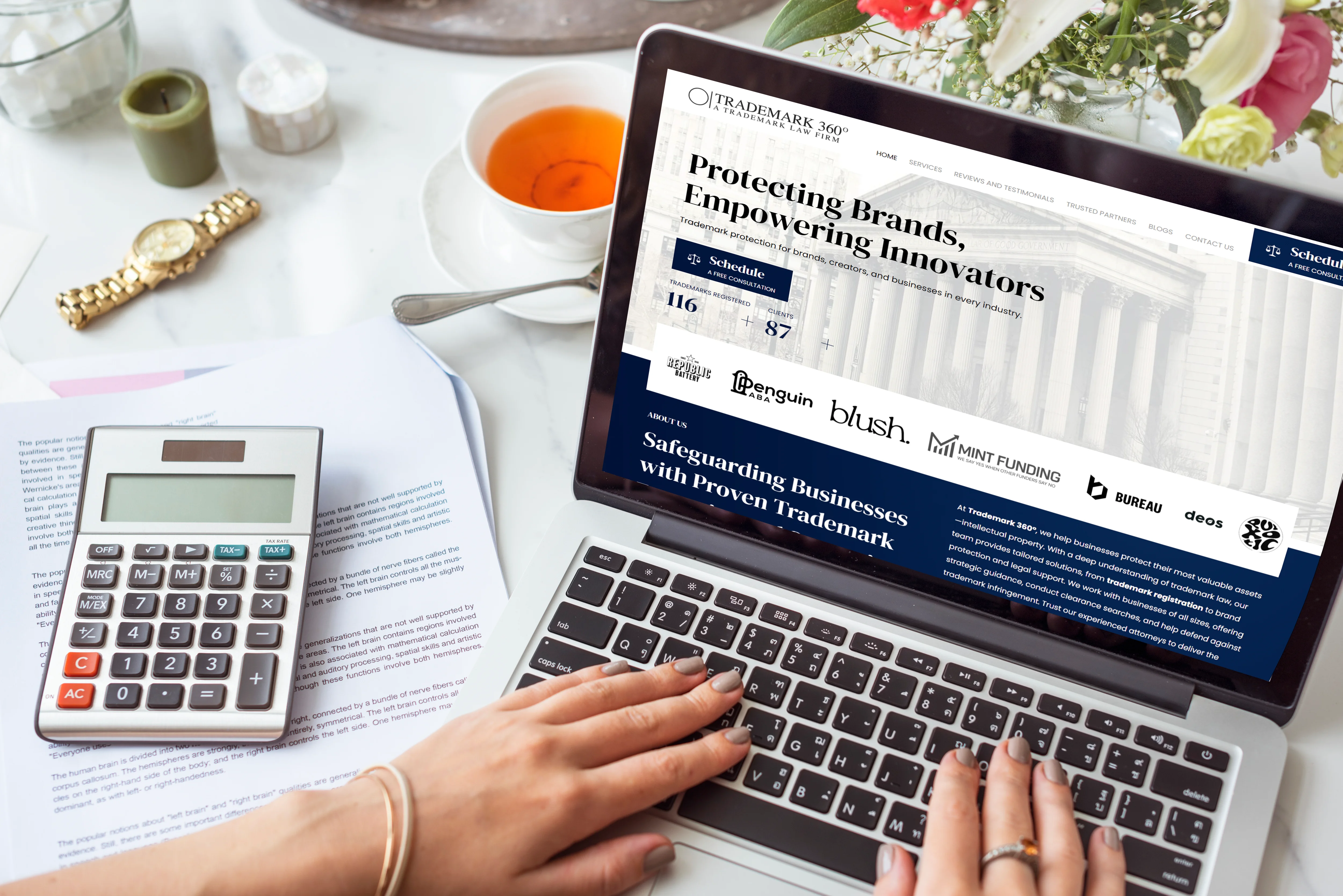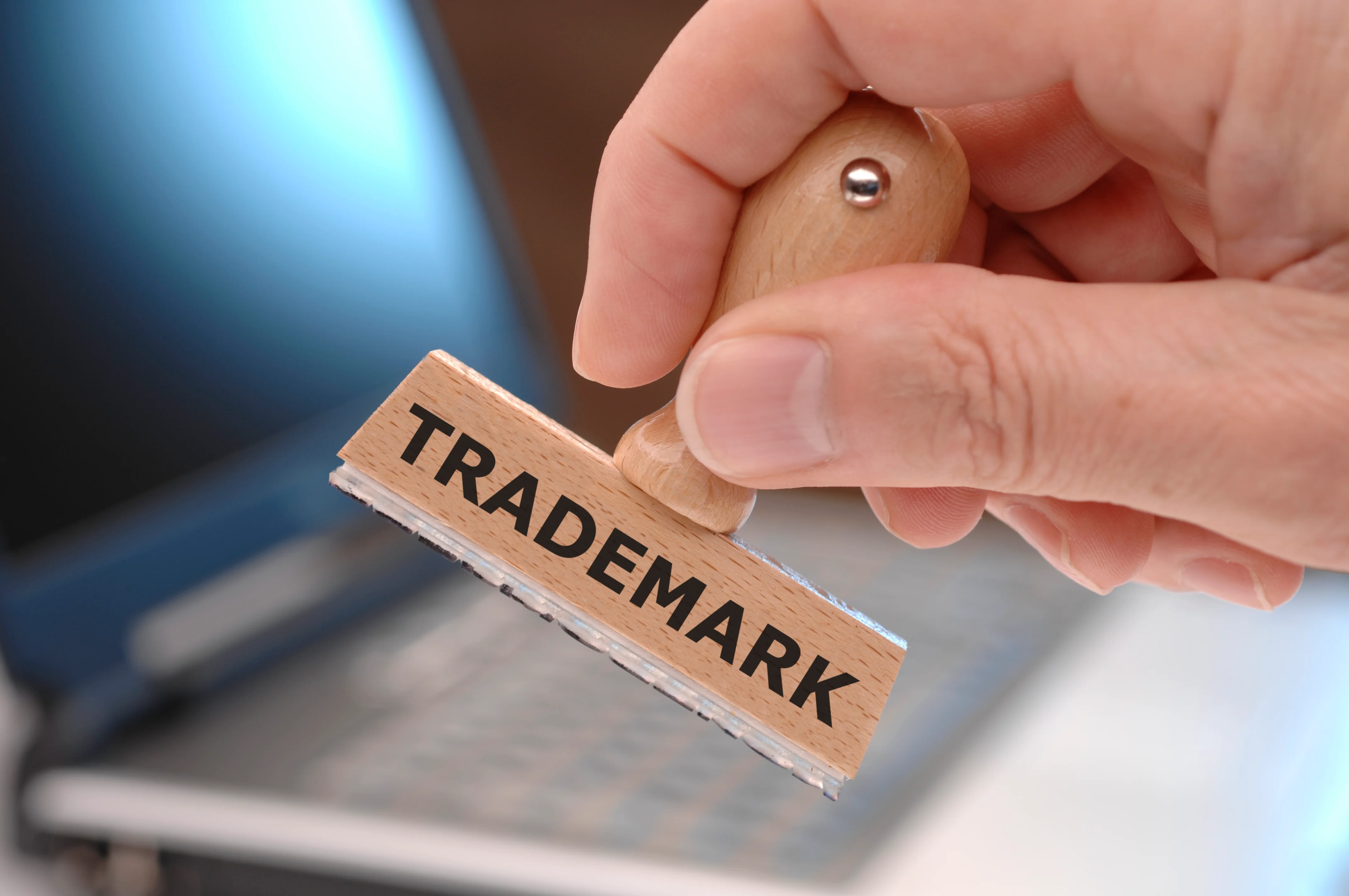When you're working toward trademark registration, it can be discouraging to receive a USPTO Office Action. However, these notices are not rejections. They're opportunities to fix errors or clarify parts of your application. Knowing the common triggers and how to effectively respond can make all the difference in securing your mark.
What Does a USPTO Office Action Mean for Your Application?
It is a written communication from the Trademark Examining Attorney at the United States Patent and Trademark Office. It outlines any legal or procedural issues preventing the immediate approval of your trademark application. These issues might range from substantive legal concerns, like similarity to an existing mark, to simpler technical corrections.
There are two main types: the Non-final Office Action, which typically raises concerns for the first time, and the Final Office Action, which indicates that earlier responses failed to resolve the problem. Neither means your application is denied outright. In fact, many applicants encounter at least one trademark office action during the trademark examination process. Recognizing that these are a routine part of trademark registration helps applicants approach them with clarity and strategy, rather than panic.
Top Reasons You Might Receive a USPTO Office Action And How to Handle Each One
Understanding the common reasons for receiving office actions can help you take preventive steps and respond more effectively if one arises. Below are the most frequent issues applicants face during the trademark examination process, along with guidance on what they mean and how to address them.
1. Likelihood of Confusion with an Existing Trademark
This is one of the most common reasons for trademark rejection. A USPTO Examining Attorney will refuse registration if your mark is deemed too similar to an existing trademark that’s already registered or pending, especially if it relates to similar goods or services. The goal is to avoid consumer confusion in the marketplace.
For example, if you're applying to register the name “GlowGear” for athletic apparel, and there’s already a registered trademark called “GloGear” for similar products, your mark could be refused based on USPTO likelihood of confusion. Even small variations in spelling or spacing often aren't enough to differentiate your application in the eyes of the USPTO. This is why running a professional clearance search before filing is essential. It helps you avoid inadvertently filing a mark that’s already too close to someone else’s.
2. Descriptive or Generic Trademark Terms
Trademarks that merely describe the product, its ingredients, or its function are often refused for being too weak to warrant protection. A descriptive trademark refusal occurs when the applied-for mark lacks distinctiveness, making it hard for consumers to associate it with a single source.
For instance, if you tried to register “Fresh Cold Juice” for a juice company, the USPTO may argue it merely describes the product's characteristics and cannot function as a trademark without showing acquired distinctiveness. Similarly, using generic terms like “Computer Store” for an electronics business will be rejected outright. They're considered common property and not protectable under trademark law. To avoid this, aim for suggestive, fanciful, or arbitrary names that stand out from generic marketplace language and increase your chances of successful trademark registration.
3. Improper or Inadequate Specimens of Use
The USPTO requires applicants to provide a specimen that shows how the trademark is actually used in commerce. A specimen refusal USPTO is triggered when the submitted evidence fails to meet these requirements, either because it doesn’t show the mark being used correctly, or it’s not tied to the goods/services listed. Common issues include submitting marketing materials, mockups, or website screenshots without purchase functionality. For example, uploading an image of a promotional flyer advertising a cosmetic line might be rejected if it doesn’t clearly show the trademark on the actual product or its packaging.
To get this right, your specimen should reflect how consumers encounter your mark in the real world such as a label affixed to the product, a screenshot of a functioning product page with the mark clearly visible, or a business card if you're offering services.
4. Failure to Include Disclaimers or Translations
Some trademarks include words or phrases that are considered generic, descriptive, or informational. In these cases, the USPTO may require a disclaimer, a statement that you’re not claiming exclusive rights to that part of the mark. You may also be asked to provide a translation if your mark contains foreign-language words.
For example, if your trademark is “Bella Café,” the USPTO may ask you to disclaim exclusive rights to the word “Café” because it’s a common term for a type of establishment. Additionally, since “Bella” means “beautiful” in Italian, they may also request a translation to ensure the meaning is clear and does not mislead consumers. Failure to include these can delay the approval process and require a formal trademark Office Action response. These requirements are minor but important. They help clarify what parts of your trademark you’re actually protecting.
5. Technical Errors or Filing Mistakes
Not all USPTO Office Actions are due to legal issues. Many stem from avoidable technical errors during the application process. These can include incorrect classification of goods and services, vague descriptions, incomplete information, or even missing signatures.
For example, listing your goods too broadly, such as “software” without specifying the function, could require clarification. Or, misclassifying educational services under the wrong international class may lead to a delay or rejection. These issues, though procedural, are just as important to correct. Left unresolved, they can lead to a final Office Action response requirement or even application abandonment. If you’re unsure how to phrase goods and services or how to classify them, consulting a trademark professional or trademark lawyer can help you avoid these pitfalls from the start.
How to Respond to a USPTO Office Action (Quick Strategy Tips)
When crafting your trademark response to Office Action, your reply should address each issue point-by-point:
If facing a likelihood of confusion, provide arguments showing distinctiveness—differences in target market, product category, or design.
For descriptive refusals, argue that the term is suggestive or provide evidence of acquired distinctiveness.
Submit a new, compliant specimen if the original was rejected.
Include requested disclaimers or translations immediately.
Fix technical errors precisely. Don't overlook them.
Be mindful of the USPTO Office Action response deadline, generally three months. If you miss it, your application will be considered abandoned. Hiring a trademark lawyer can significantly improve your chances of crafting an effective, compliant Office Action response USPTO.
👉 Need a full breakdown? Visit our in-depth resource: [How to Respond to a USPTO Office Action: A Complete Guide].
How to Avoid Receiving a USPTO Office Action Before You File
Being proactive is your best defense. You can avoid many of the issues listed above by preparing thoroughly before filing. Here’s how:
1. Conduct a Full Clearance Search Before Filing
Running a professional clearance search identifies any marks that may be too similar to yours. This step reduces the risk of a trademark application rejection due to likelihood of confusion. Relying solely on a quick online check is risky, the USPTO uses more sophisticated databases and filters.
2. Select a Strong, Distinctive Trademark
Choose a unique mark that’s not merely descriptive or generic. The more distinctive your trademark, the more likely it is to pass through examination without triggering a USPTO Office Action. Made-up words, suggestive terms, or coined phrases often make the strongest trademarks.
3. Submit the Correct Specimen
Ensure your specimen clearly shows the trademark as it appears on your actual product or in the sale of your service. Don’t make the common error of uploading mockups or promotional material unless they qualify under USPTO rules. This will eliminate the need for a Trademark Office Action response involving specimen correction.
4. Work with a Trademark Professional
An experienced attorney or filing expert can help ensure every part of your application is accurate. They can also catch technical issues early and assist you in crafting a compelling trademark office action response if needed. Having professional oversight reduces the risk of rejection and increases the efficiency of the trademark registration process.
Responding to a USPTO Office Action the Smart Way
A USPTO Office Action is not a roadblock. It’s a detour. Whether you’re responding to a non-final Office Action or preparing a detailed reply to a final Office Action, your understanding of the process gives you a strong foundation for success. From procedural corrections to substantive legal arguments, your USPTO Office Action response plays a vital role in determining whether your application proceeds or stalls. With the right strategy and the right professional help, you can navigate the system and achieve successful trademark registration.
Need help navigating Office Actions? Let our trademark experts guide you through every step for a smoother trademark registration journey.
Powered by Froala Editor












